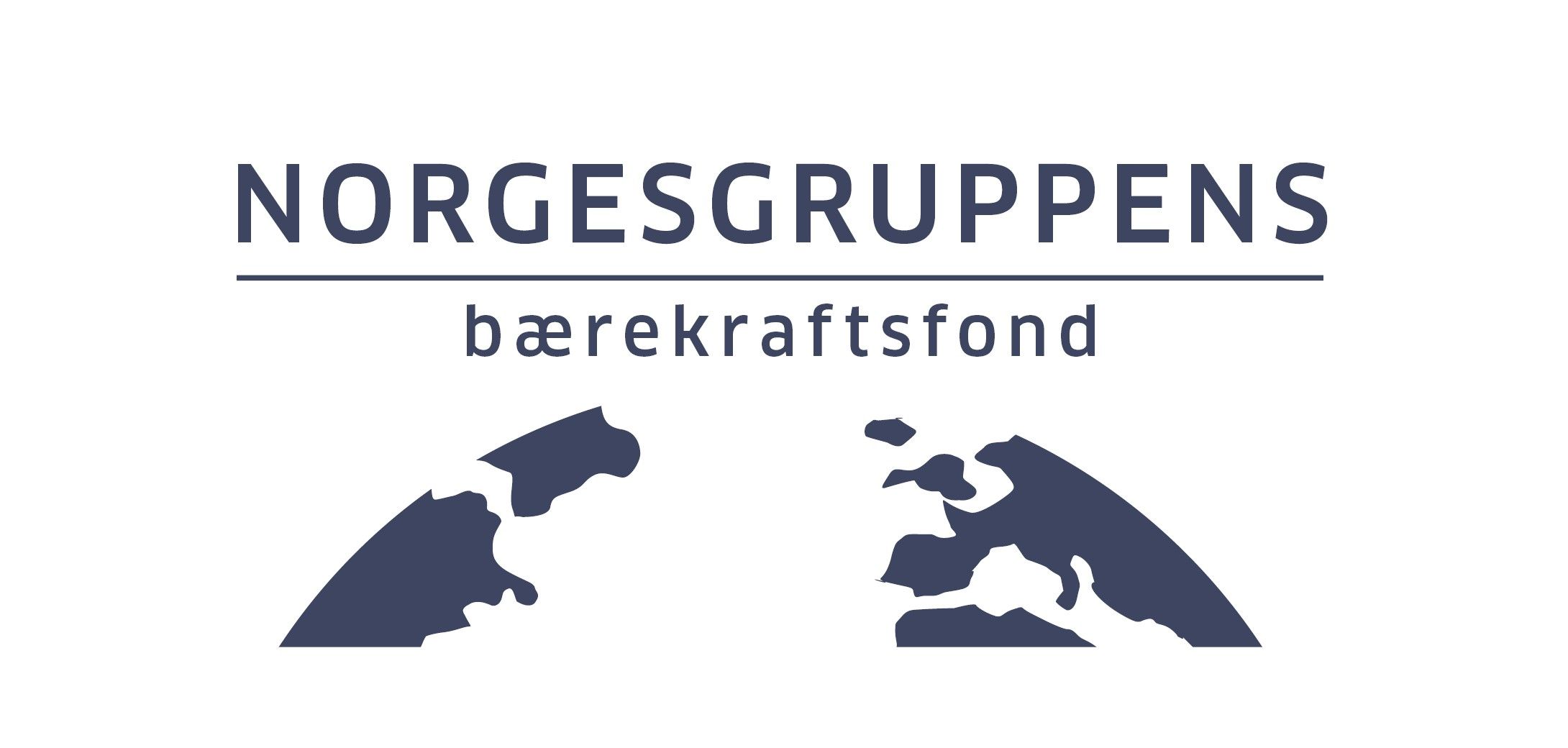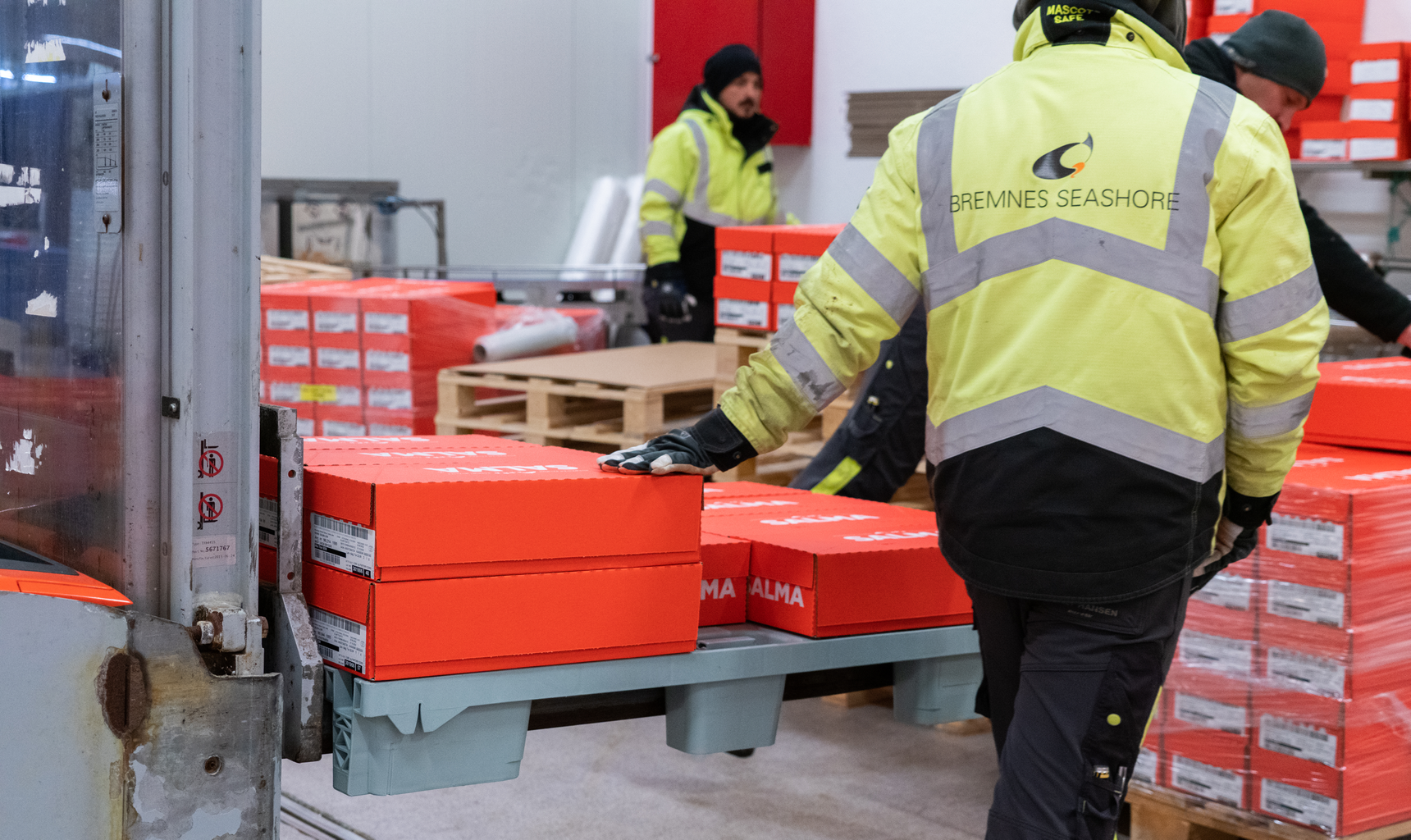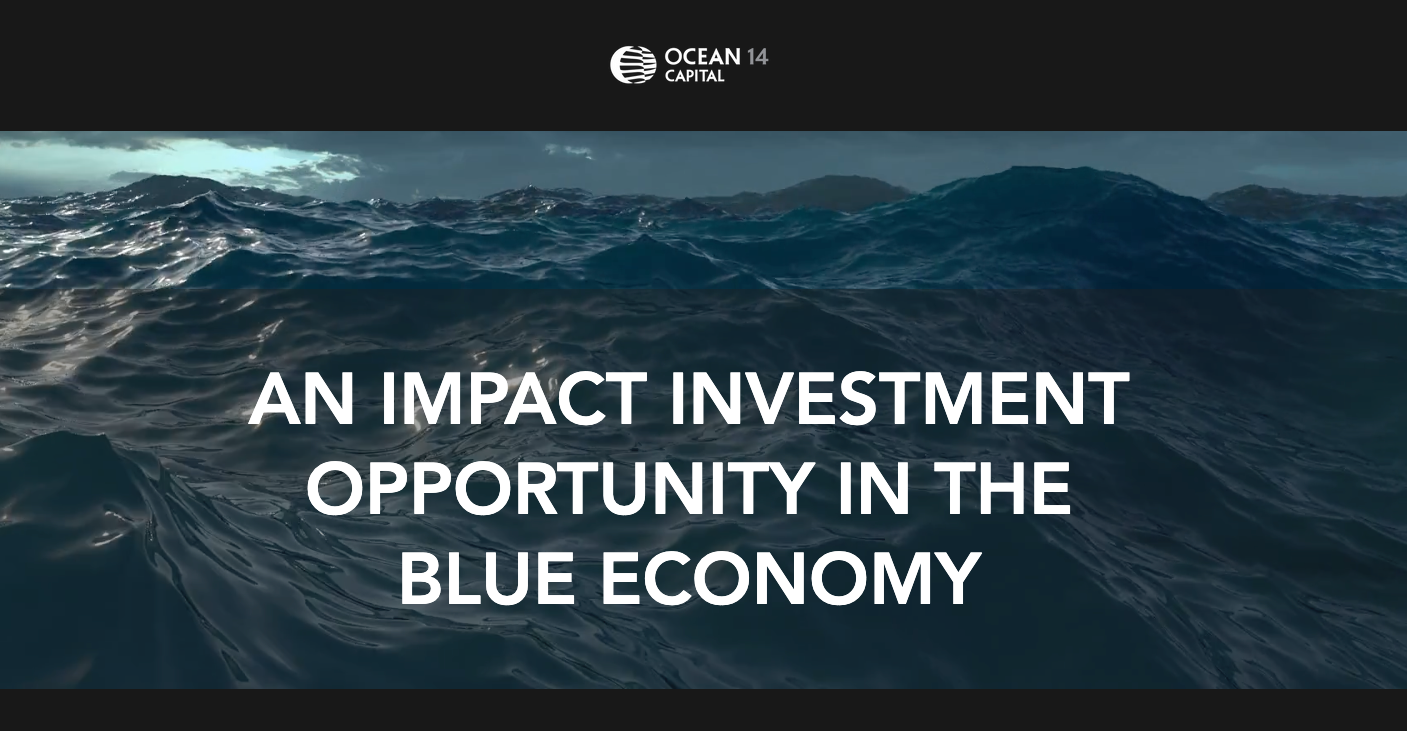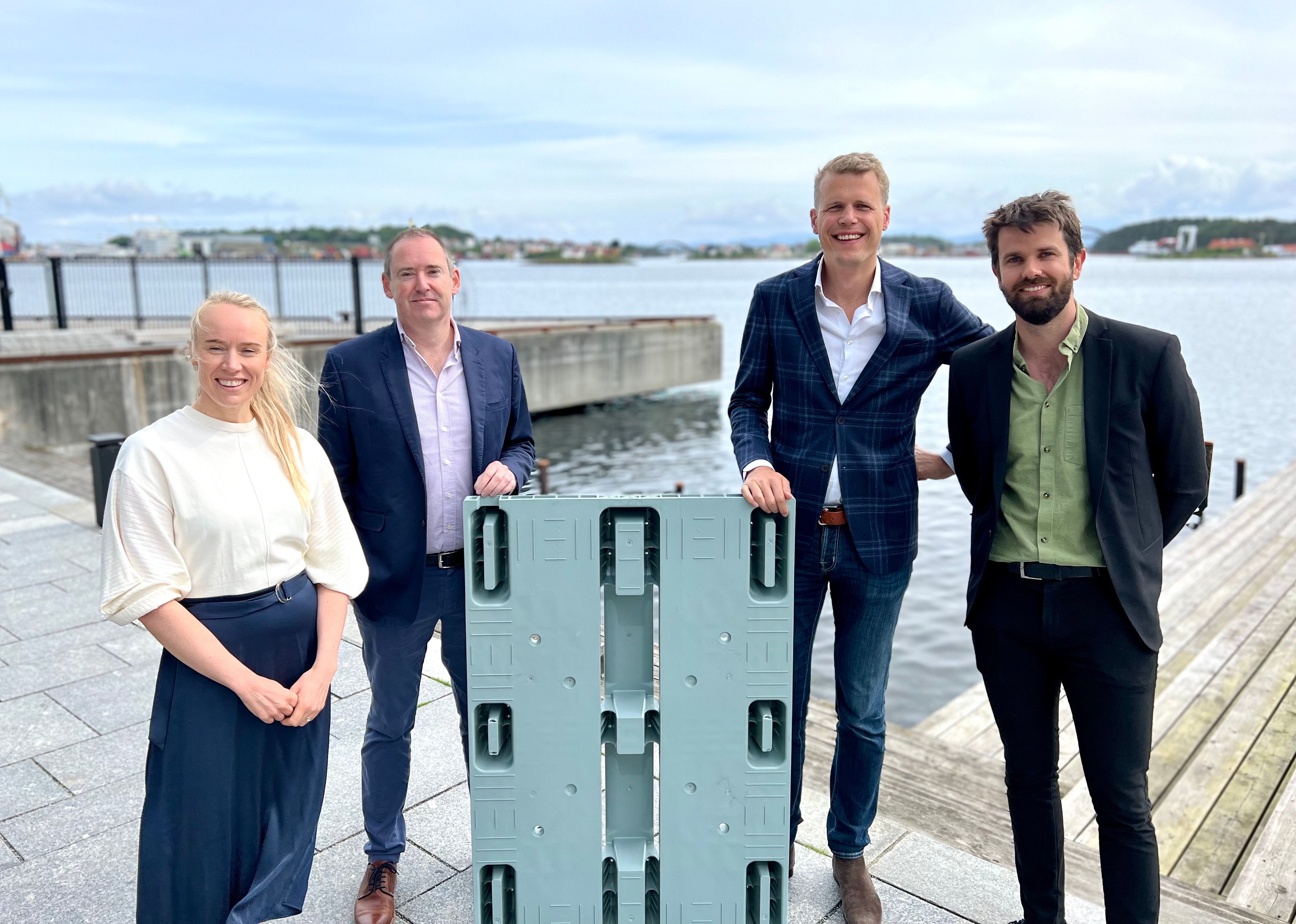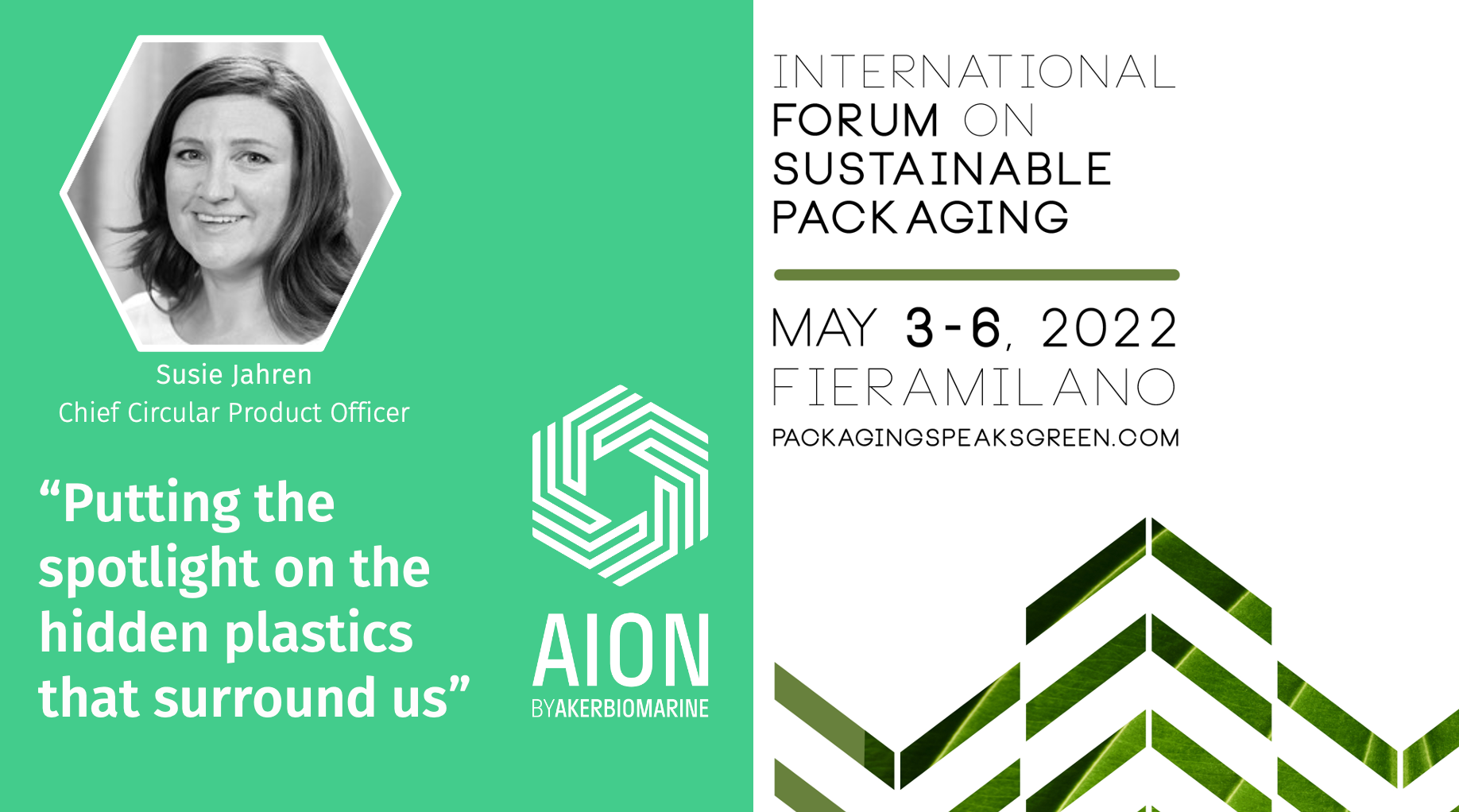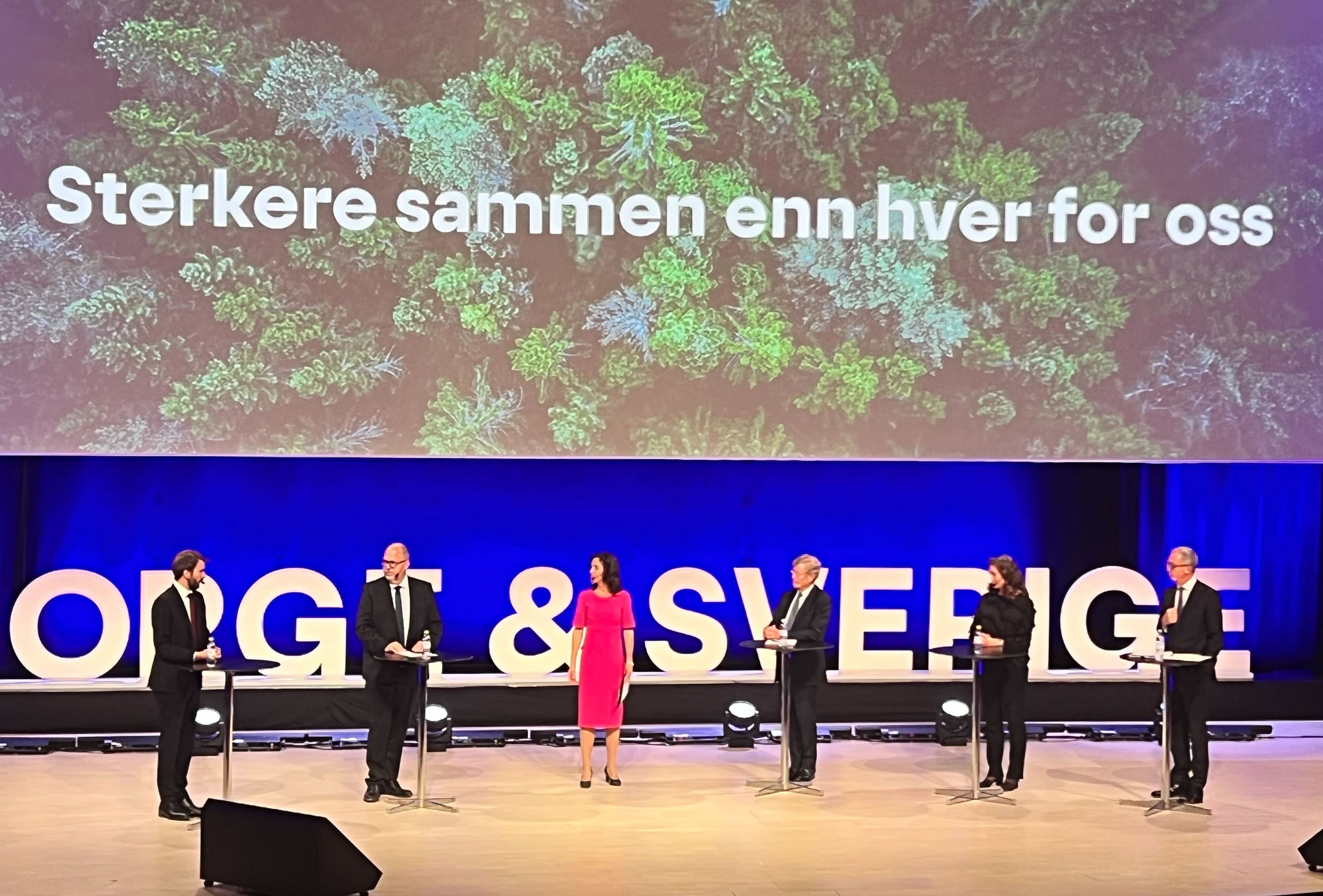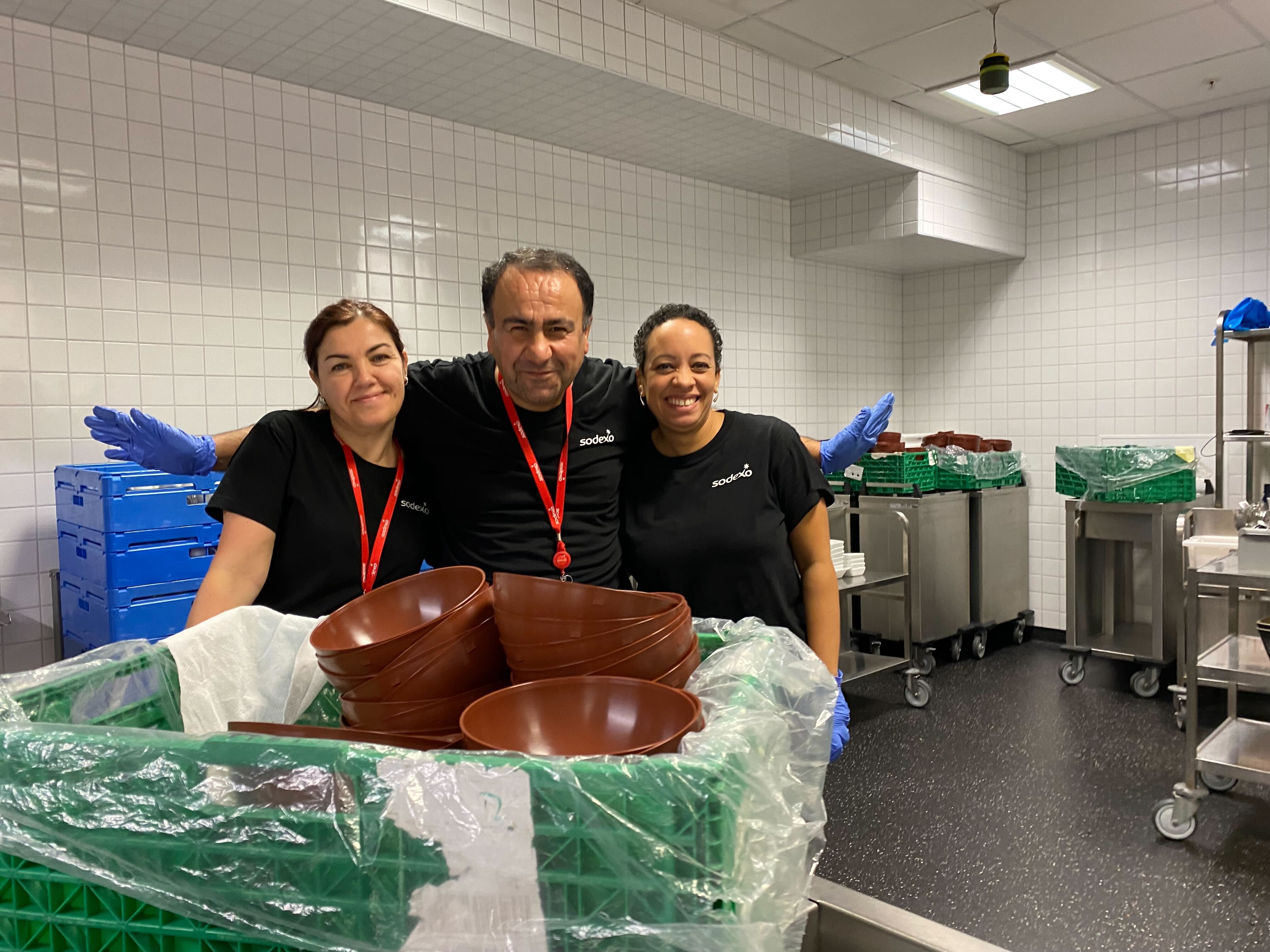05 October 2022
A robust strategy in today’s economy - a buyer’s guide on circularity
In a VUCA - Volatile, Uncertain, Complex and Ambiguous - world circular business models and circular products offer the most robust path for growth, considering both Total Cost of Business and brand value.
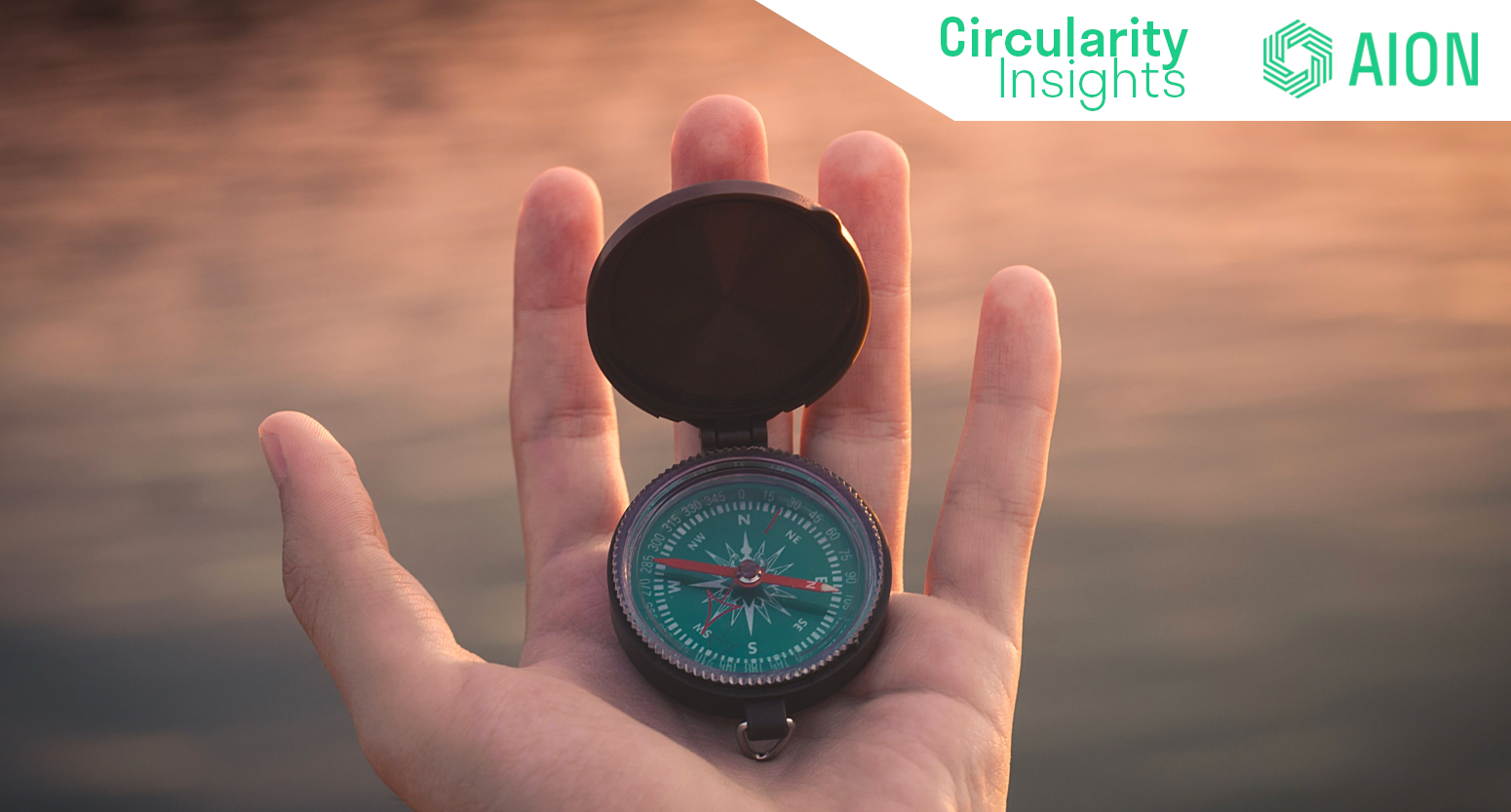
ROBUST STRATEGIES IN A VUCA WORLD
These are indeed volatile, uncertain, complex and ambiguous times (VUCA). We see increasing resource scarcity and price volatility affecting the robustness of business models. Long and complex value chains are reducing what businesses can sell and strategies to prosper are clouded in both complexity and uncertainty.
A robust strategy is one that will succeed against the most likely future scenarios. We believe that any business should reconsider their business model if they (1) are depending on global value chains, (2) need scarce and non-renewable materials and where (3) the material cost is a significant part of the product price. One such robust strategy can be found through Circular Business Model Innovation (CBMI).
Circular innovation decouples economic growth from material use. It designs products so it can be reused and recycled into the same high-quality product repeatedly, and it uses local supply chains. No new materials are needed as circular products are readily available to remake products once old ones are no longer fit for purpose.
MEASURING SUCCESS
The Key Performance Indicators (KPIs) of circular products will be the usual purchasing price, quality, functionality and service level but it takes more than that to assess the Total Cost of Business (TCB). Total Cost of Business is like Total Cost of Ownership (TCO) although TCB also allows for as-a-service rather than mainly direct ownership. TCB include the cost of purchase, cost of use and cost of waste handling. Circular products have the advantage that they are not adding cost at the end of life but often can be a significant value add as a resource to produce new products. Further, policies and new tax regimes could add additional cost to the use of a product.
In addition to that we believe brand value should be measured through strategic fit, market differentiation and the environmental footprint (for example, digital Product Passport, CO2 savings and Life Cycle Assessment).

